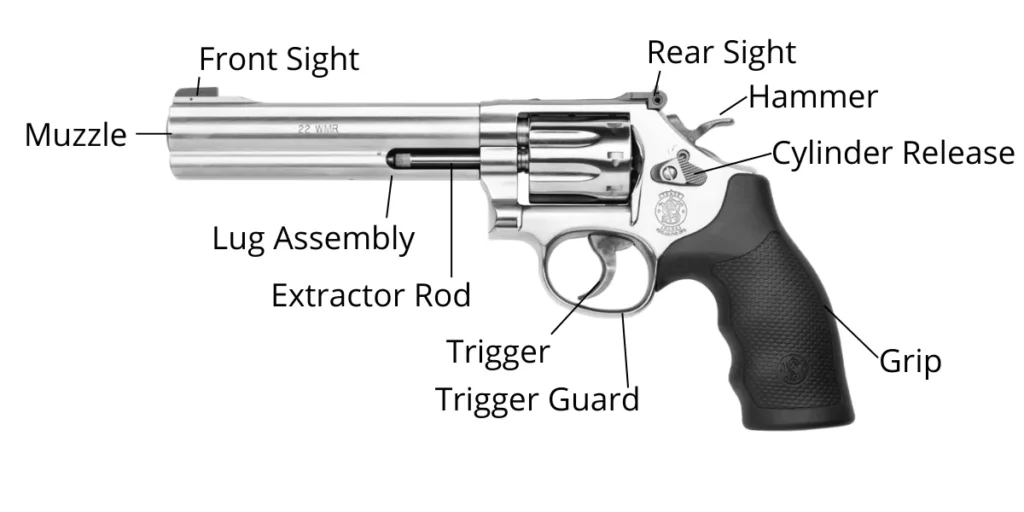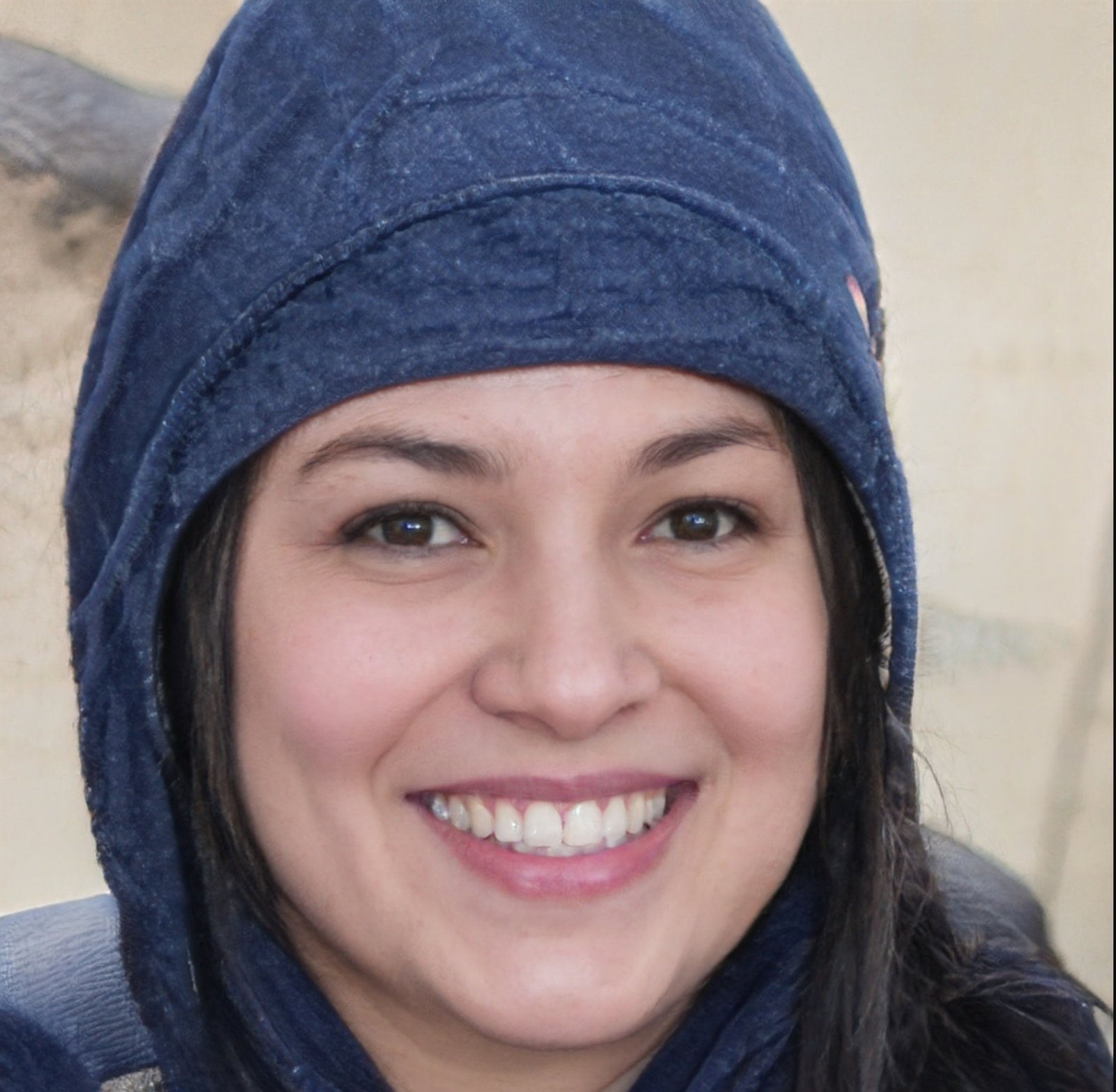Revolvers have been a cornerstone in firearms for over a century, known for their reliability, simplicity, and iconic design. Whether you’re a seasoned gun owner or a curious enthusiast, understanding the parts of a revolver is essential for proper usage, maintenance, and appreciation of this classic weapon. This article will provide a detailed overview of a revolver’s various parts, functions, and maintenance tips to ensure your revolver stays in top condition.
Major Parts of a Revolver
Frame
The frame is the backbone of the revolver, providing the structure to which all other parts are attached. It houses the trigger mechanism, hammer, and cylinder. Frames are typically made from steel or aluminum, offering durability and strength.
Function: The frame provides stability and support for the entire firearm.
Maintenance Tips: Regularly inspect the frame for any signs of wear or cracks. Clean the frame with a soft cloth and appropriate gun cleaner to prevent rust and corrosion.
Barrel
The barrel is the metal tube through which the bullet travels when the revolver is fired. It is rifled, meaning it has spiral grooves inside that impart a spin to the bullet, improving accuracy.
Function: The barrel directs and stabilizes the bullet as it exits the firearm.
Maintenance Tips: Clean the barrel after each use with a bore brush and solvent to remove residue and prevent buildup, which can affect accuracy.
Cylinder
The cylinder is a rotating component that holds the ammunition. It typically has five to seven chambers, each designed to hold a single cartridge. The cylinder rotates to align each chamber with the barrel for firing.
Function: The cylinder stores and rotates the ammunition, aligning each cartridge with the barrel for firing.
Maintenance Tips: Regularly check the cylinder for cleanliness and smooth rotation. Use a brush to clean the chambers and remove any debris.
Trigger
The trigger is the lever that the shooter pulls to discharge the firearm. It is connected to the hammer and firing mechanism inside the frame.
Function: Pulling the trigger releases the hammer, which strikes the firing pin and ignites the cartridge.
Maintenance Tips: Keep the trigger mechanism clean and free of dirt. Lubricate it occasionally to ensure smooth operation.
Hammer
The hammer is a spring-loaded component that strikes the firing pin when the trigger is pulled, causing the cartridge to fire.
Function: The hammer delivers the force needed to ignite the cartridge.
Maintenance Tips: Ensure the hammer is clean and moves freely. Lubricate it lightly to prevent sticking.
Firing Pin
The firing pin is a small, pointed piece of metal that strikes the primer of the cartridge, causing it to ignite.
Function: The firing pin transfers the force from the hammer to the primer of the cartridge.
Maintenance Tips: Regularly inspect the firing pin for wear or damage. Clean it with a solvent to ensure it functions correctly.
Grip
The grip is the part of the revolver that the shooter holds. It can be made from wood, rubber, plastic, or other materials, designed to provide comfort and control.
Function: The grip allows the shooter to hold and control the revolver effectively.
Maintenance Tips: Keep the grip clean and dry. Inspect it for cracks or damage and replace it if necessary.
Other Important Parts
Ejector Rod
The ejector rod is used to push empty cartridges out of the cylinder after firing.
Function: It helps to remove spent cartridges from the cylinder quickly.
Maintenance Tips: Ensure the ejector rod moves smoothly and is free of debris. Clean it regularly to prevent jamming.
Sight
The sight is used to aim the revolver. It typically consists of a front sight (near the end of the barrel) and a rear sight (near the back of the frame).
Function: The sight aids in aiming the revolver accurately.
Maintenance Tips: Keep the sights clean and free of obstructions. Check for alignment and adjust if necessary.
Trigger Guard
The trigger guard is a metal loop surrounding the trigger, providing protection and preventing accidental discharge.
Function: It protects the trigger from accidental pulls.
Maintenance Tips: Clean the trigger guard and check for any bends or damage.
Crane/Yoke
The crane, also known as the yoke, is the part that allows the cylinder to swing out for loading and unloading.
Function: It supports the cylinder and facilitates loading and unloading.
Maintenance Tips: Keep the crane clean and ensure it moves smoothly. Lubricate the pivot points to prevent wear.
Maintenance Tips
Proper maintenance is crucial for the longevity and performance of a revolver. Here are some general tips:
- Regular Cleaning: After each use, clean the barrel, cylinder, and other components with appropriate solvents and brushes to remove residue and prevent corrosion.
- Lubrication: Apply a light coat of gun oil to moving parts such as the trigger mechanism, hammer, and crane to ensure smooth operation.
- Inspection: Regularly inspect the revolver for signs of wear or damage. Pay special attention to the frame, barrel, and cylinder.
- Storage: Store the revolver in a cool, dry place. Use a gun case or safe to protect it from dust and moisture.
- Professional Service: Periodically have your revolver checked by a professional gunsmith to ensure it remains in optimal condition.

Understanding the parts of a revolver and their functions is essential for anyone interested in firearms. Proper maintenance and care will ensure your revolver remains reliable and functional for years to come.
For more insights into various topics, check out here.

Olivia Harper is a lifestyle guru with a background in journalism and over 10 years of experience in writing about modern living. She covers a wide range of topics, including travel, fashion, relationships, and personal development. Olivia’s engaging writing style and expert knowledge make her articles a must-read for anyone looking to enhance their lifestyle.




